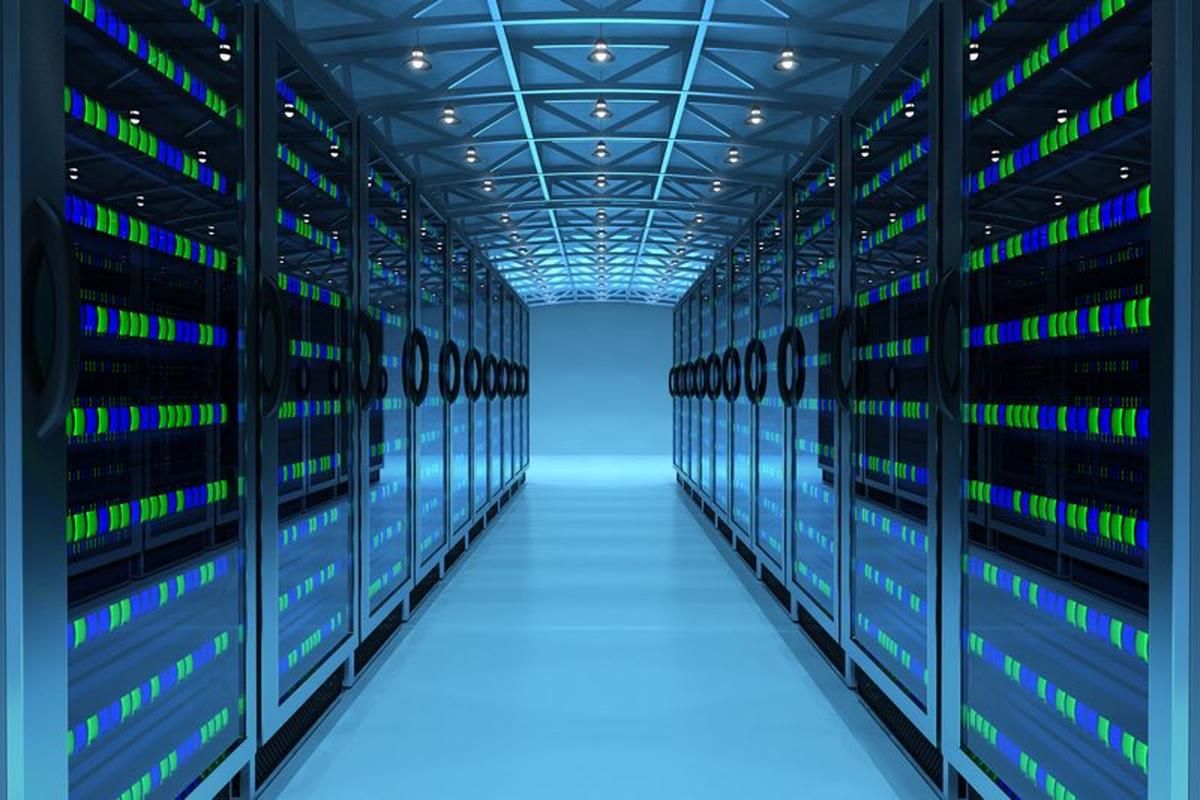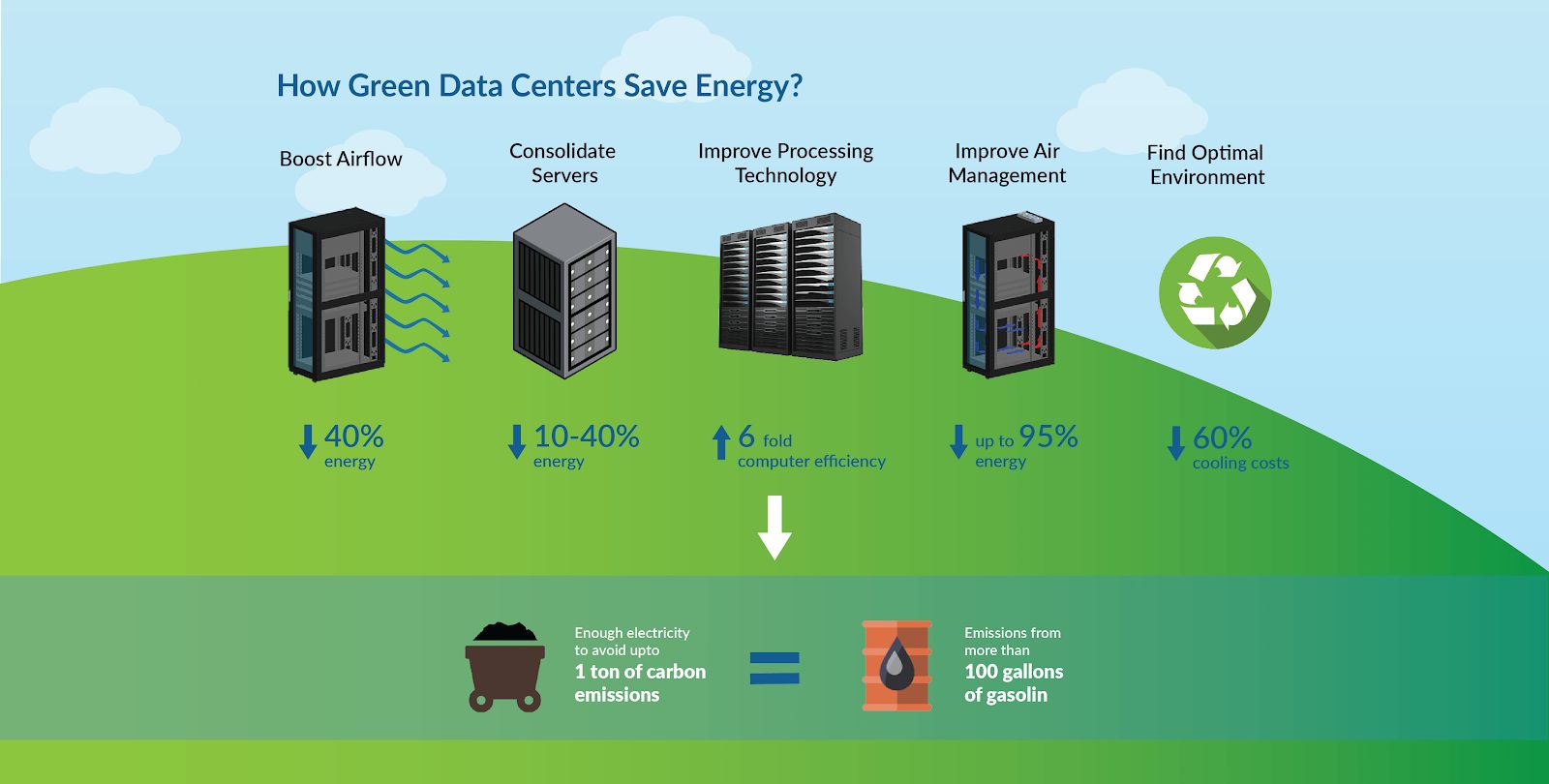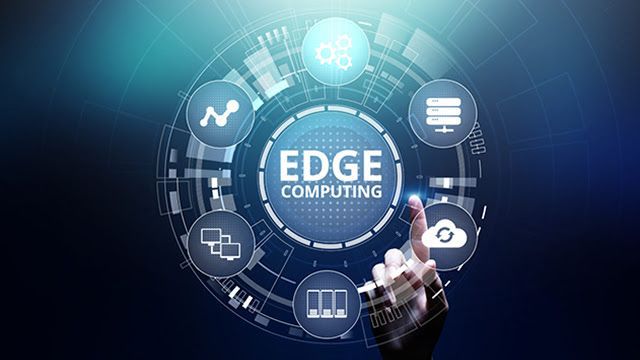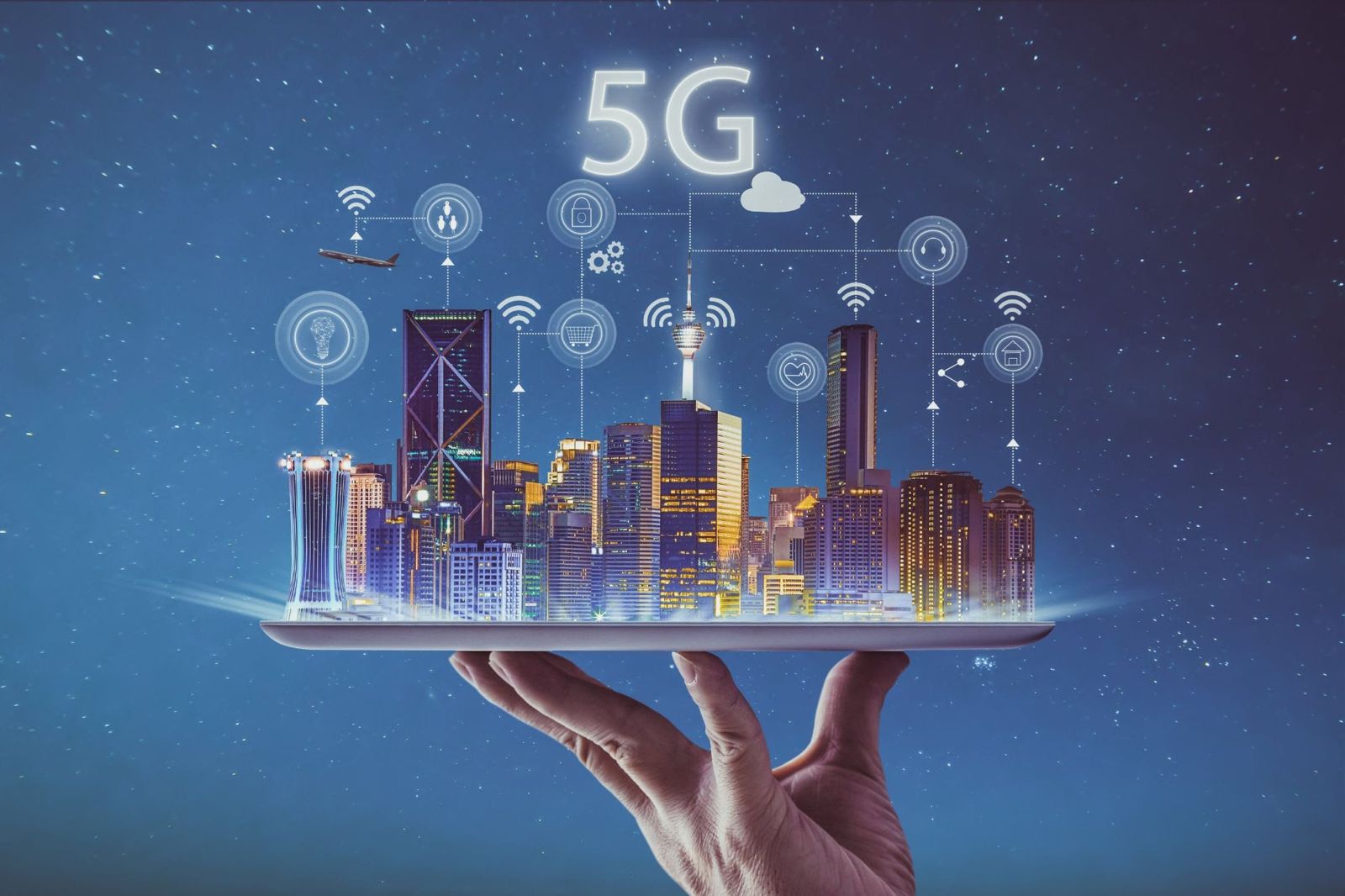6 Data Center Industry Trends to Look out for Post 2023
The Global Data Center Transformation Market size is expected to gain market growth in the forecast period of 2020 to 2025, with a CAGR of 7.2% in the forecast period of 2020 to 2025. It is expected to reach USD 7958.4 million by 2025, from USD 6034.7 million in 2019. Source
2021 was expected to be a year of digital transformation in the industry of data centers and has left no space for doubt. The end-user spending on data center projects reached upto $200 billion in 2021. An increase of 6% has been witnessed from 2020.
2020 has proven that collecting and sharing data is essential and can accelerate growth. Healthcare uses Artificial Intelligence (AI) for drug development, while big data is a new industry shaping the future. 5G (Link To 5G Article) is driving an increase in demand for edge computing. At the same time, Artificial Intelligence (AI) technology will also improve the deployment of new services in this market for both the end-user and internal employees.
For instance, when COVID-19 forced people to stay indoors, instead of shopping and theatres, they turned to OTT platforms like Netflix for entertainment. Netflix added 3.6 million members all over the Asia-Pacific region in just three months of 2020.
To deal with the high incoming traffic and maintain the quality of streaming service, Netflix decided to remove the highest bandwidth streams and decrease the traffic by 25%.
What lies ahead for the data center infrastructure and industry post-2021? We’ve identified six key data center trends that will shape the data center industry in the coming months.

- AI Driving Data Center Efficiency
Artificial Intelligence (AI) systems play a leading role in data center growth. AI is a hardware-intensive computing technology that can process data and analyze it from both near and far. That includes everything from algorithm training at cloud campuses to inference engines running on smartphones. AI researchers can make products and managed services smarter, making it an emerging strategic priority.
Since Google published research that it used AI in its data center to improve efficiency, many firms have followed suit. For example, in just 18 months, Google used its AI-powered Google DeepMind system to reduce the energy required for data center cooling by 40%, equivalent to a 15% reduction in overall PUE overheads. Source
Additionally, hiring employees with the right skill sets is a massive challenge in this digital era. Gartner predicts that by 2020, 75% of organizations will experience visible business disruptions due to I&O skills gaps (an increase from less than 20% in 2016). Source
AI will play a huge role in automating many of the tasks humans do today. Similarly, AI can be used in a SOC in data centers. It can complement current Security Incidents and Event Management (SIEM) systems by analyzing incidents and inputs from multiple systems and devising an appropriate incident response system. Artificial intelligence-based systems can also assist in identifying malicious traffic from false positives, helping data center administrators handle cybersecurity crimes more efficiently.
AI Hardware Startups are also bringing their products to the market. A company called ‘Groq’ stated that its new chipset is capable of 1 PetaOp/s performance on a single implementation. This is equivalent to one quadrillion operations per second. These astonishing specs have positive implications for data centers infrastructures, including much higher rack densities and more liquid cooling.

- Data Centers Go Green
Wave power, carbon capture, solar and wind power, renewable energy; these factors may all play a more significant role in how data centers operate and are powered in the future.
Many data centers will start investing in renewable resources and solutions to tackle the environmental issue.
When all mechanical and electrical systems conserve energy, a green or sustainable data center is born. It emits fewer carbon footprints, thereby saving costs and increasing energy efficiency. These eco-friendly data centers can assist modern businesses in saving electricity consumption and reducing carbon emissions.
The green data center market share is expected to grow in networking solutions at a CAGR of around 27% by 2024. This enormous growth is primarily due to its exponential growth in the Asia Pacific region in recent years. The area is poised to show consistent growth in the coming years due to a boom in industrial startups in countries such as India and China. Source
Factors Responsible For The Rise Of Green Data Centers
- Efforts to reduce PUE in countries like the UK, Singapore & India.
- Rising electricity tariffs in countries and across the world.
- Increased need for speed, flexibility, inventiveness, and skill of data centers.
- Growth in data and increased awareness about protecting the environment.
The BFSI sector, among many, has recorded a tremendous growth in data over the recent years. This rapid growth has led to enterprises searching for sustainable and virtual data centers. Such modern data centers are more advanced and cost-effective, making it easier for companies to meet their ever-increasing data requirements.
Source: Green Data Centers

- Agility – The Core of Efficient Data Centers
Digital transformation relies on the scalability of the physical infrastructure behind it. Data Center infrastructures must be designed to keep up with technological advancements and anticipate new data center trends and standards. Agile data center installation allows businesses to meet the need for speed and streamline work processes.
Did you know, a whopping amount of IT managers overprovision their centers by as much as 40%? This is wasteful for businesses operations in the long run. A practical, agile data center should ensure future-proofing without wasting funds on overprovisioning. Source
Combining event-driven workflows across compute, storage, network, and service domains can ensure data centers operate at a rapid pace. Quickly changing personas and enforcing policy compliance across domains leads to seamless virtual integration. This leads to an intelligent, virtualized data center infrastructure that quickly adjusts to changing business needs. Endpoint capacity and performance planning can be maximized with unmatched visibility across private cloud computing services and public cloud services.
Looking at the last decade, the average annual expenditure for data centers has been 2%, and cloud services (Infrastructure as a Service (IaaS, Platform as a Service (PaaS and private cloud hostings) account for 52%. Source
- Hybrid Computing Models
Post-2020, organizations will increasingly forgo enterprise or cloud-based data centers in favour of hybrid cloud architectures that incorporate public and private cloud models along with edge assets around a reconfigured core.
This trending hybrid architecture will allow organizations to build and maintain control of sensitive data while still meeting demands for more capacity and increased computing capabilities closer to the consumer.
Vertiv, the CEO, Rob Johnson, said: “A new equilibrium is emerging in the data center space as the industry wrestles with capacity challenges and advanced applications that are forcing significant changes to data centers of all shapes and sizes.”
“At the same time, the speed of deployment is increasingly becoming a tipping point in technology decisions and will likely shape investment and innovation in the space as we head into 2020. This will manifest itself in many ways, but the message to data center equipment providers is clear: The status quo is not acceptable.” Source
While cloud computing will continue to be an integral part of most organizations, hybrid architectures will go mainstream. Data specialists are noticing subtle changes in organization strategies as they seek to tailor their IT mix and spending to the needs of their applications. As more hybrid architectures emerge, it has become increasingly clear that enterprise data centers are alive and well, even if their role is shifting to reflect a mix that best serves modern organizations.
- The Need for Edge Computing
The edge data center market is forecasted to grow at a compound annual growth rate (CAGR) of 36.3 percent, from $768 million in 2017 to $3.6 billion in 2022. Sources
While building a data center, a few of the most basic considerations include connectivity to fiber networks, regulatory and data security. Looking at such needs, small, distributed data centers called edge data centers are being built worldwide. This helps reduce the load on data center networking bandwidth arising from the constant rise of IoT devices, 5G, and mobile computing.
2021 will not be the year for edge computing to be the ‘IT discovery,’ but by 2022, major players in the industry will realize the importance of edge computing. In 2021, several players like Amazon Web Services (AWS) and American Tower are already establishing their foothold in the industry with edge computing.
It is predicted that the IoT market is expected to grow by over $50 billion by 2022. With that kind of growth, the need for edge computing with its reliability, high-speed and good connectivity features will rise too. Source
- The Impact of 5G in India
Just like its population, India ranks second and is the fastest-growing market for digital consumers. There are 1.2 billion mobile phone subscriptions and more than 12 billion apps while consuming 8.3 gigabytes of data monthly. Source
This indicates that India’s future in digital growth is bright and will also increase the dependency on data centers to support digital advancements. With 5G technology getting normalized in India, data centers will soon witness a huge demand that will bring about a game-changing impact.
5G will create a lasting impression in various fields like IoT, data centers, communication, streaming apps, and more. 5G makes use of short wavelengths; this means that it will require small cells rather than large cell towers, which you’ll find scattered around the country. Hence, data center infrastructure will undergo changes to cater to 5G frequencies.
5G frequencies are super-high (30 GHz to 300 GHz) and will only work if devices are close to the antennas. Hence, we will witness many more small cells installed around public infrastructures.
Various carriers have tried bringing in the 5G technology but have failed to prove its speed in the real world. With data centers urging data centers to use data differently, the growth of edge computing will also drive faster demand for 5G technology and the installation of nodes that can support such speed.
Legrand offers the perfect power distribution and monitoring solutions for mission-critical environments, whether for enterprise, colocation, or pods. Known for their reliability, flexibility, and efficient design, all our products have earned industry-leading roles.
Learn more about our data center solutions here: https://www.starlinepower.com/applications/data-center/






















